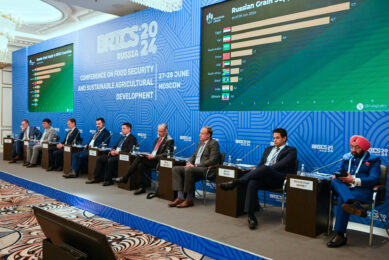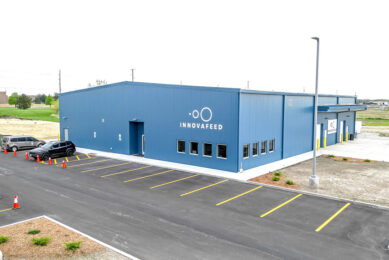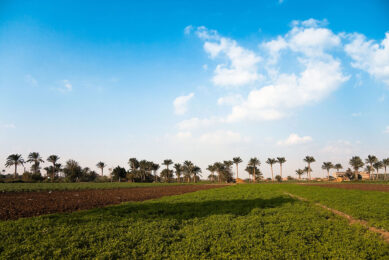EU feed industry braced for a new dawn of the genomic age
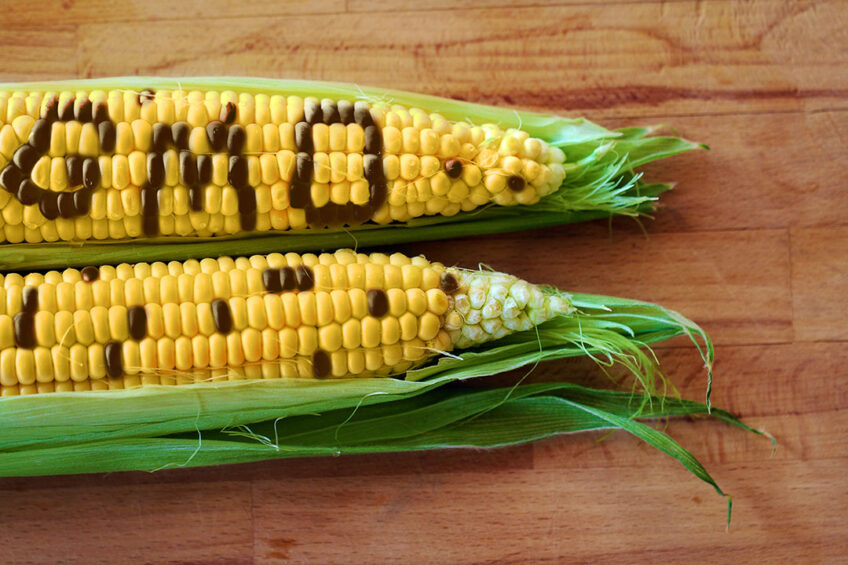
New gene editing technologies could enjoy wider acceptance in the European feed industry as the pandemic and the war in Ukraine has spurred food-security fears, outweighing qualms about the potential danger of genetically-modified grains.
Although nearly 3 decades have passed since gene editing technologies were brought onto the market, vociferous debate persists about the use of biotechnology in agriculture. In June 2023, the European Commission is set to table its long-awaited verdict on whether or not to loosen EU rules on gene editing.
The decision will primarily concern new gene technologies or NGTs – an umbrella term describing a number of scientific methods used to alter genomes with the aim of genetically engineering certain traits into plants, such as drought tolerance.
Gene editing describes a variety of techniques that are used to make specific changes to the DNA of plants and animals widely consumed as food, explained Cameron English, director of Bio-Sciences at the American Council on Science and Health (ACSH), a consumer advocacy group dedicated to promoting evidence-based public policy and refuting health scares, who believes the UK government should encourage wider acceptance of NGTs.
Precision breeding
Unlike earlier transgenic technology used to produce ‘GMOs’, organisms enhanced with CRISPR-Cas9 and other gene-editing methods generally do not contain DNA from other species. Instead, scientists use these tools to delete or modify the plant’s or animal’s existing genetic material.
“For this reason, experts often describe gene editing as an acceleration of traditional breeding techniques, or ‘precision breeding’. Moreover, there is no way to distinguish a mutation induced by gene editing from one induced by a traditional or conventional breeding technique,” he said.
NGTs could help with climate & food security challenges
In Europe, NGTs could help soften the blow of climate and environmental measures, such as the proposed 50% reduction in the use of pesticides by 2030. In addition, NGTs could help tame food inflation. There are also signs that the EU could swing towards greater acceptance of NGTs when it sees other countries doing the same.
Regulators worldwide feel more comfortable with drought-resistant crops in the wake of turmoil in global grain markets during the past few years, Federico Trucco, CEO of Bioceres Crop Solutions Corp., a biotechnology firm, has recently told Bloomberg. According to him, this segment is getting a boost from the fragility of the supply-line being exposed by Covid and Russia’s invasion of Ukraine, which have spurred greater interest in food security, and key markets such as USA, Brazil and Argentina planned to soften rules pertaining to gene editing in agriculture.
Mistakes in the past
However, several decades ago, GMOs were also considered safe, effective and very promising. In light of this, the companies promoting NGTs should avoid making the same mistakes as GMO advocates.
“When genetic engineering was being developed from the 1970s onwards, its potential was seen by scientists as providing a great leap forward in producing food more efficiently. They didn’t anticipate the backlash of public opinion,” commented Michael Lee, owner of Green Square Agro Consulting, a crop forecasting company that specialises in the Black Sea region.
We could assume that when consumers are very concerned about inflation causing price hikes, there will be less room for concerns about the technologies used in crop production.
Public opinion
Lee recalled that the technology was developed against the background of an emerging environmental movement. It didn’t help that marketing of the technology appeared to be left to scientists who used terms such as Genetically Modified Organisms or Terminator Genes to describe what they were doing.
“While technically accurate, it did nothing to allay the fears of the public,” Lee said. “Therefore, it was no surprise that the public didn’t want gene engineering technology regardless of how safe they were told it was.”
Aimed at wealthy western farmers
The issue wasn’t helped by much of the technology being aimed at wealthy western farmers to give them an edge in producing crops such as sugar beet, soybean and maize or that it was linked to glyphosate and large-scale agribusinesses.
“Perhaps if the technology had targeted subsistence farmers with drought-tolerant maize, allowing people to climb their way out of the crop failure poverty cycle, then it might have been more acceptable.”
Concern about genetically modified foods is still widespread globally, with about half of the people in 20 countries around the world saying these foods are unsafe to eat, according to a Pew Research Center survey.
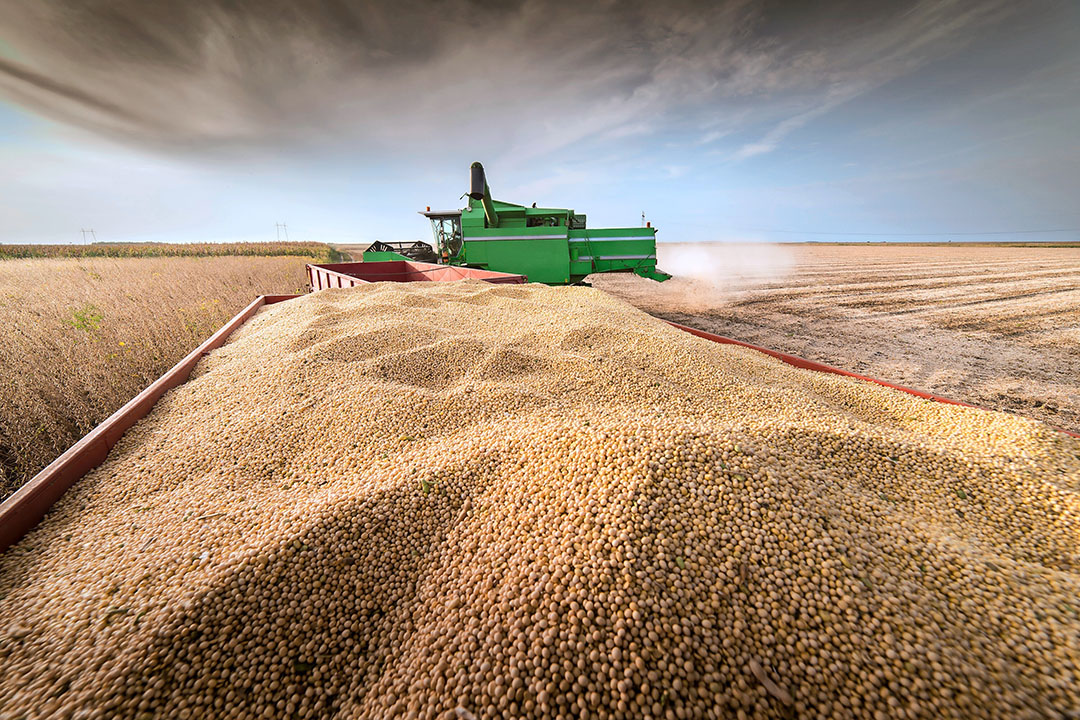
Ample benefits
“In general, FEFAC considers that NGTs have the potential to make a positive contribution to the EU protein plan by helping to minimise the EU deficit in plant proteins and therefore reduce dependency on third countries for imports,” commented Asbjørn Børsting, FEFAC president.
Nutritionally improved crops may allow the formulation of better-balanced feed, including in terms of amino acid profiles, specific nutrients, reduction of contaminants, and resistance to moulds (hence lower mycotoxin content), says Børsting. This could help with feed industry goals such as supporting better animal welfare, improved feed conversion ratio, reduced environmental emissions, including in terms of GHG, ammonia, and phosphorus, and possibly improved nitrogen use efficiency due to less need to include protein in diets. NGTs may also contribute to higher livestock productivity.
“What is important to the feed industry is that labelling should not be mandatory since crops developed using NGTs are not distinguishable from crops produced by conventional breeding methods. We would argue in favour of a “positive” labelling system, allowing companies to communicate/label their products based on their sustainable aspects and contribution to achieving sustainable goals if requested by the market,” Børsting said.
Separating the wheat from the chaff
FEFAC believes that the problem is that gene editing continues to be regulated under the current GMO framework, although many of the ‘new genomic techniques’ – techniques capable of altering the genetic material of an organism – have emerged or have been developed after 2001 when the applicable legislation on GMOs was adopted. There is a broad consensus that the GMO regulatory framework is not fit for purpose here.
To address this issue, the European Commission aims to propose a legal framework for plants obtained by targeted mutagenesis and cisgenesis and for their food and feed products to be delivered in 2023.
The objective of the regulation will be to maintain a high level of protection for human and animal health and the environment, enable innovation in the agri-food system and contribute to the goals of the European Green Deal and the ‘Farm to Fork’ strategy.
A blank list
As explained by Børsting, the European feed industry anticipated that gene editing technologies would be taken out of the scope of the GMO legislation, but on the other hand, it is too early to judge that their use and product development will become easier in the EU.
“The [European] Commission de facto starts with a blank paper considering those new technologies. We understand that, at present, very few gene-edited plants are in cultivation,” Børsting said.
“However, what we learn in the Commission’s consultation process is that they are considering introducing requirements related to sustainability from plants developed with certain NGTs, to ensure that they deliver on sustainability and benefit society. Additionally, we heard a lot about criteria for risk assessment in the NGTs authorisation process. FEFAC believes that should new legislation introduce criteria for risk assessment, they should be first of all operable, i.e., clear, fast and should not discriminate against the use of NGTs,” Børsting said.
“Others may be better positioned to judge the public and political acceptance of NGTs, but we are certainly aware that the discussions on food security are a factor in opposition to new technologies, as priorities will change. We could assume that when consumers are very concerned about inflation causing price hikes, there will be less room for concerns about the technologies used in crop production,” Børsting added.
Overcoming the stigma of Frankenfood
“Today, although gene editing (GE) technology has moved on and is considered to be more accurate, the same fears persist; namely, once the gene is in the environment, there is no way of getting it back,” Lee said, adding that the broader implication for Europe will be how gene editing fits with the latest CAP reforms, which promote green technology, organic farming, reducing pesticides and so on.
“Furthermore, if GE is adopted, how will that impact export markets?” he asked.
Restrictions on GE will probably be relaxed over time as public opinion shifts, particularly if events continue to increase the cost of food production, Lee confidently asserts.
“Those events are immediate geo-political issues, such as Russia’s war on Ukraine but they are also linked to energy costs and government policy, such as the greening of the CAP. However, it’s likely to take a significant issue to change things substantially. As long as people are fed, they have the luxury of debating how food is produced,” Lee added.
The need to eat will win-out
As climate change affects how food is grown and creates millions of refugees, food security will become more of an issue, and our tolerance to risks from GE will fall as the need to eat becomes paramount.
“A final point would be the type of GE projects we should be looking to achieve. As mentioned, roundup ready maize and soybean won very few supporters outside the agricultural industry. However, perennial wheat that can fix its nitrogen – as legumes such as peas and beans do – would be an absolute game changer,” Lee added.





